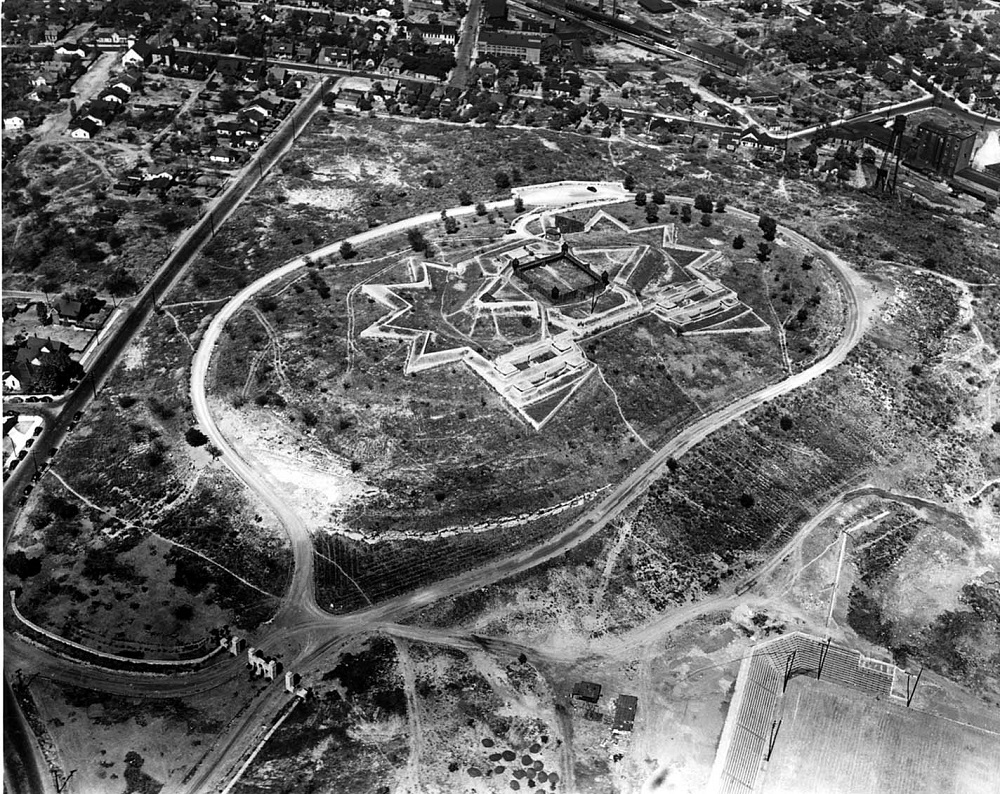
FORT NEGLEY AND PARTHENON MUSEUM
SEAC Nashville 2015 Excursion Background Information
 | FORT NEGLEY AND PARTHENON MUSEUM SEAC Nashville 2015 Excursion Background Information |


Established in April 1901 with the opening of Watkins Park, Nashville's municipal park system has grown to include over 13,000 acres in 121 parks and 19 greenways. Included in the premier urban parks of the system are two historical parks featured on this tour.
Our tour will commence at Fort Negley Visitor Center and Park, where Zada Law (Director, Fullerton Laboratory for Spatial Technology, Middle Tennessee State University) will provide a behind-the-scenes tour of the park and its preservation. From August through December 1862, more than 2700 conscript laborers, predominately "contrabands" (runaway slaves) and free African-Americans, constructed Fort Negley atop St. Cloud Hill as part of a massive Union Army fortification system second only to that of Washington D.C. Fort Negley was the largest inland stone fortification of the Civil War and the centerpiece of occupied Nashville.

The City of Nashville purchased the property in 1928. While other workers lent their backs to the famed Works Progress Administration archaeology relief projects throughout the southeast, during 1936, 800 WPA workers labored to reconstruct Fort Negley, which reopened as a park in 1938. The park closed once again in the 1960s -- only to be rejuvenated to open most recently to the public on the 140th anniversary of the Battle of Nashville in December 2004. With the addition of a new visitor center, the park offers interpretive panels, videos, and accessible walkways.

The tour will then proceed a short hop to Centennial Park, Nashville's premier urban park. Originally the site of Tennessee's 1897 Centennial Exposition, the Parthenon was constructed in recognition of Nashville's aspiration to the designation "Athens of the South" and opened as Nashville's third public park in 1902. The original Nashville Parthenon -- intended as a temporary structure -- was made permanent in the 1920s as a full-scale replica of the original Athenian structure lacking only the colossal statue of Athena.

In 1982, the city commissioned Alan LeQuire to build a full-scale replica of Athena Parthenos. The original statue was unveiled and dedicated in 438 or 437 B.C. LeQuire's 42-foot-hight replica was completed in 1990 and finally gilded in 2002.

While the marvels of the Parthenon and Athena Parthenos replicas are well worth a visit in and of themselves, the Parthenon also houses the city's art museum, which is included as part of the excursion.
Links to background information on these two city parks (links open in a new tab)